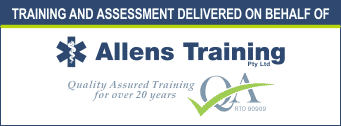G’day, Brisbane! Today, we’re tackling a crucial question that could make the difference between life and death: When exactly should you start CPR? If you haven’t done a cpr course before we’ll break it down so you can act fast and confidently in an emergency.
The Critical Decision: When to Commence CPR
You should start CPR immediately when you encounter someone who is:
- Unconscious (not responding to your voice or touch)
- Not breathing normally
But how do you determine this? That’s where the “look, listen, and feel” test comes in.
The Look, Listen, and Feel Test: Your Key to Decision Making
This test is crucial in determining whether someone needs CPR. Here’s how to do it:
- Look: Check for chest movement. Is the chest rising and falling regularly?
- Listen: Put your ear close to their mouth and nose. Can you hear breath sounds?
- Feel: Place your cheek near their mouth and nose. Can you feel air on your cheek?
Perform this test for 10 seconds. If there are no signs of normal breathing during this time, it’s time to start CPR.
Remember, occasional gasps are not normal breathing. If you’re seeing sporadic gasps or no breathing at all, commence CPR immediately.
Real-Life Scenarios: When to Perform CPR in Brisbane
Let’s look at some situations where you might need to give CPR:
- At Chermside Shopping Centre: You’re doing some shopping when you see an elderly man collapse near the food court. You rush over, ensure there’s no danger, and find him unresponsive. You perform the look, listen, and feel test – no chest movement, no breath sounds, no air felt on your cheek. Time to start CPR and call for help!
- At Deagon Racecourse: You’re enjoying a day at the races when a woman nearby suddenly clutches her chest and falls to the ground. She’s unconscious and not responding. You perform the look, listen, and feel test – no signs of normal breathing. You should commence CPR immediately while asking someone else to call emergency services and find a defibrillator.
- At a Local Pool: A child is pulled from the water unconscious. After ensuring the scene is safe, you help check for responsiveness. The child is unresponsive. Before starting CPR, you quickly turn the child onto their side to drain any fluids from the mouth and nose. Then, you look for chest movement, listen for breath sounds, and feel for air – nothing. It’s time to start CPR right away.

The Quick Check: When to Give CPR
Here’s a rapid-fire checklist to run through:
- Check for danger: Ensure the scene is safe for you to approach.
- Check for response: Tap their shoulders, ask if they’re okay.
- Send for help: Call 000 or ask someone else to.
- Check airway: Tilt the head back and lift the chin.
- Check for breathing: Perform the look, listen, and feel test for 10 seconds.
- If no normal breathing, start CPR immediately.
This whole process should take no more than 20 seconds. Remember, every second counts!
Act Fast and Confidently
In our HLTAID009 Provide cardiopulmonary resuscitation course, we train you to recognize these situations quickly and act decisively. Why? Because CPR is most effective when started immediately after cardiac arrest. For every minute that passes without CPR, the chance of survival decreases by 7-10%.
That’s why we focus on building your confidence and skills. When you’re well-trained, you can trust your judgment and take action without hesitation.

The Bottom Line: Quick Action Saves Lives
So, when do you do CPR? When should you commence CPR? When do you start CPR? The answer is simple: As soon as you recognize that someone is unresponsive and not breathing normally after performing the look, listen, and feel test.
Your quick action could be the difference between life and death. With proper training, you can act fast and confidently in those critical moments.
Want to feel more prepared to recognize when to start CPR and act decisively? Our HLTAID009 Provide cardiopulmonary resuscitation course will give you the skills and knowledge to do just that. With our online theory and quick 45-minute hands-on session, you’ll be ready to save a life before you know it.
Stay safe, Brisbane, and remember: Quick, confident action saves lives. You’ve got this!
Hi there! I'm Jack Majlinger. I began my first aid journey back in 2012, with my first "first aid" course. It was after a hiking accident where a friend had to be airlifted. Over the years, my first aid skills grew, I volunteered at equestrian events and local shows and became a first aid trainer.
When I'm not working on content, I enjoy spotting birds in the wild and writing jangle pop tunes.






